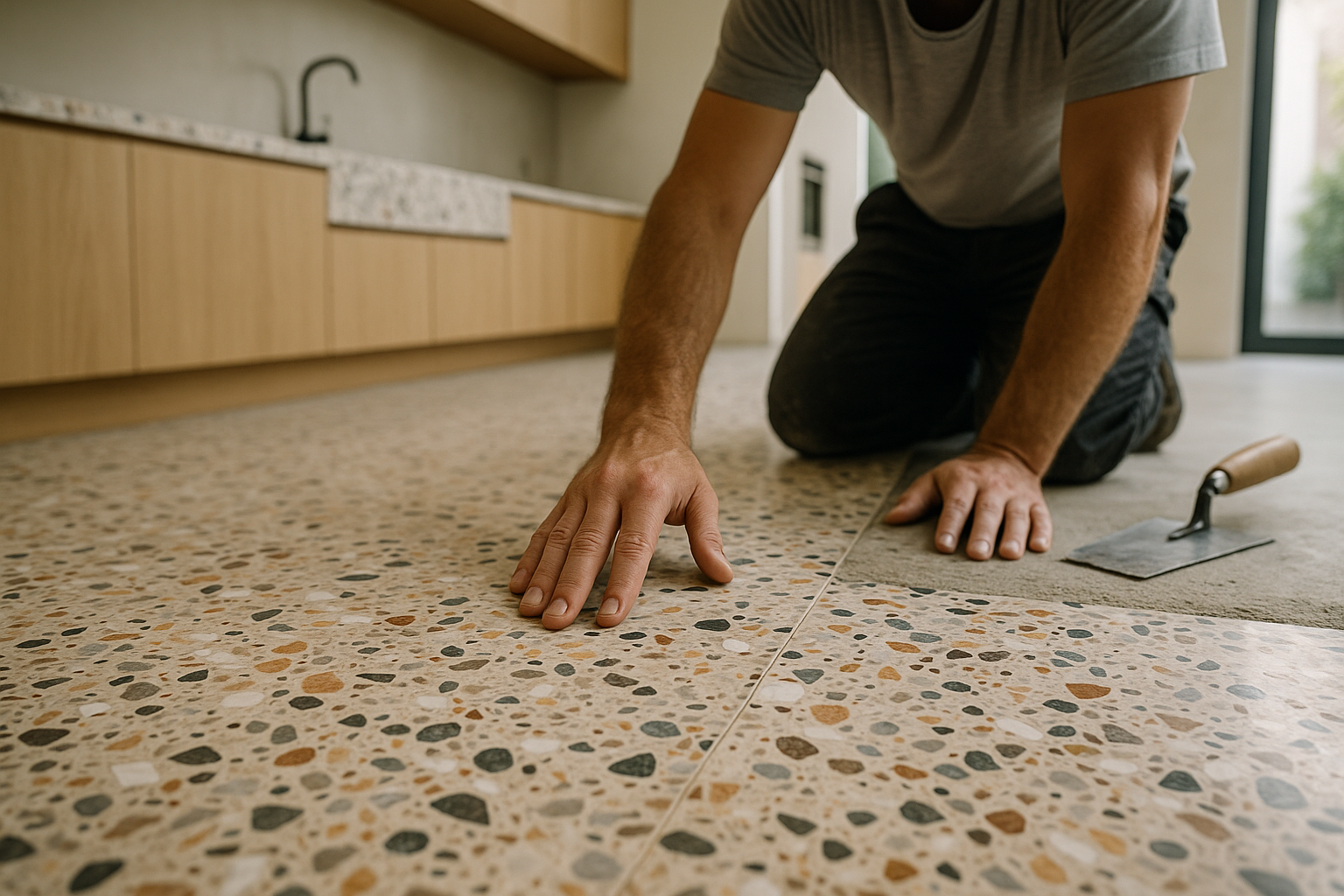Material choices that balance durability and maintenance
Choosing the right materials can reduce long-term upkeep while keeping a bathroom functional and comfortable. This article outlines practical material options and design considerations that help balance durability and maintenance without oversimplifying trade-offs or making promotional claims.

Choosing durable materials for a bathroom requires balancing longevity, routine care, and the specific demands of wet environments. This article focuses on practical material choices and design decisions—covering plumbing, tiling, fixtures, vanity options, shower finishes, waterproofing, lighting, storage, sustainability, accessibility, renovation planning, layout, flooring, and ventilation—that help minimize maintenance while preserving performance and appearance over time.
Plumbing and waterproofing choices
Selecting plumbing materials and effective waterproofing is foundational for durability. Use corrosion-resistant fittings and consider PEX or copper supply lines depending on local codes and installer recommendations; both have established performance records. For drains and valve assemblies, choose accessible valve placements to simplify future repairs. Waterproofing products—membranes, sealants, and properly detailed flashing—reduce the risk of leaks that cause costly repairs. Regular inspections of seals around fixtures and timely regrouting or resealing in wet zones help preserve plumbing integrity and lessen maintenance demands.
Tiling and flooring selection
Flooring and wall tile choices influence cleaning frequency and lifespan. Porcelain tile is low-porosity and stain-resistant, making it a durable option for floors and wet walls, while ceramic tiles offer similar benefits at different price points. Natural stone can be attractive but typically requires regular sealing and more careful cleaning to avoid discoloration. For floors, consider slip-resistant finishes and grout that resists staining; epoxy or urethane grouts perform better in high-moisture areas. Waterproof underlayments and correct slope toward drains also protect subfloors and reduce long-term maintenance.
Fixtures, vanity, and shower considerations
Fixtures and vanity materials affect both aesthetics and upkeep. Stainless steel or brass-finish fixtures resist corrosion and can be easier to clean than untreated metal. For vanities, moisture-resistant cabinet materials—such as moisture-rated plywood, engineered boards, or solid-surface panels—stand up better to humidity than standard MDF. In showers, choose finishes that tolerate regular water exposure; seamless solid-surface bases and fiberglass or tiled niches with proper waterproofing minimize joints where mold or mildew can develop. Opt for accessible fixtures that allow straightforward replacement or servicing.
Lighting, ventilation, and layout
Good lighting and ventilation reduce moisture buildup and maintenance problems. Specify IP-rated fixtures where they will be exposed to moisture, and choose easily cleanable lighting trims. A ventilation strategy sized to the room—measured in air changes per hour rather than arbitrary fan models—helps limit humidity and mold growth; consider fans with humidity sensors for automated control. Layout decisions that reduce hidden cavities and create accessible service panels simplify future maintenance. Position lighting and switches to avoid direct water exposure and to support task lighting for grooming.
Storage, accessibility, and sustainability
Durable storage solutions use water-tolerant materials and hardware: stainless or powder-coated steel, sealed wood, and plastics designed for wet environments. Designing for accessibility—curbless showers, grab-compatible walls, reachable storage—can reduce the need for later modifications and helps maintain finishes by preventing damage from awkward movements. Sustainability considerations, such as low-VOC materials or long-lasting fixtures, can lower lifecycle maintenance needs; selecting repairable components rather than fully integrated units allows targeted replacements and reduces waste.
Materials for long-term maintenance
Choosing surface materials with straightforward cleaning regimens minimizes time spent on upkeep. Non-porous countertops—quartz or solid-surface materials—resist staining more than porous natural stones and often require less sealing. For trim and millwork, use painted or coated surfaces rated for high humidity. Consider replaceable elements like vanity tops, shower cartridges, and trap assemblies to avoid invasive repairs. Proper ventilation, routine maintenance schedules for seals and grout, and selecting finishes designed for frequent cleaning all contribute to reduced long-term maintenance burdens.
Conclusion Prioritizing materials that meet the demands of moisture, cleaning, and daily use helps strike a practical balance between durability and maintenance. Thoughtful choices in plumbing and waterproofing, tile and flooring, fixtures and vanity materials, lighting and ventilation, storage and accessibility, and sustainable options collectively reduce repair frequency and preserve function. Careful planning at the renovation and layout stages makes future upkeep simpler without sacrificing performance or comfort.





